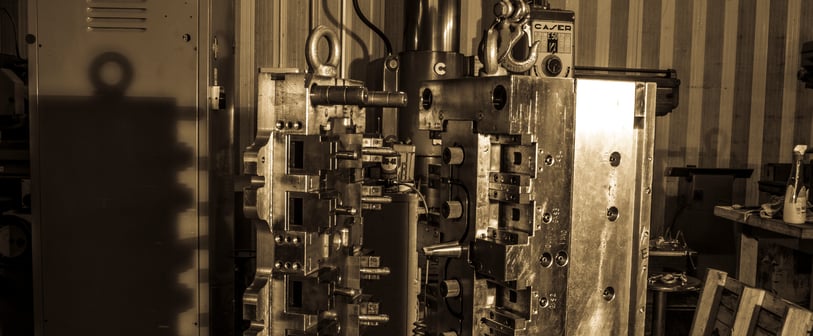As winner of numerous international awards, Bruschi Spa is known for its innovative approach in design and technology. We are glad to share our insights and experiences with the industry members.
How die casting finish can help reducing product cost
It may seem impossible but it is not! Reducing costs adding a die casting finish is really possible. The trick is just trusting your supplier and its expertise: collaboration with it in co-design terms. Starting a collaboration with suppliers can help clients to find a suitable solution to obtain the same requirements: with new solutions, but less costs.
Die casting finishes: a way of reducing costs
Die casting finish is a wide range of processes applied to modify the surface of a manufactured item, product or component to reach client requirements and improve its quality, a property or a characteristic. Finishes can be applied for many reasons, for example to improve appearance of a product, for chemical resistance, corrosion resistance, wear resistance, to improve or modify electrical conductivity, remove burrs and other flaws and for many other reasons. Furthermore die casting finish allows obtaining any desired aesthetic feature and coating durability.
Die casting finishes are often given by clients but, a die casting supplier, should be able to suggest its clients the best finishing or recommend an uncoated state for components or products, in order to obtain a finished product with the same functional and aesthetical characteristics but reducing product costs.
However, sometimes, should be useful a discussion between clients and suppliers in order to examine, beforehand die casting phase, every parameters to obtain an important saving. In fact this collaboration is crucial to obtain a better outcome: for a client consulting and trusting its supplier is central to obtain a product aligned with technical and aesthetical requirements. This activity is called co-design.
It should be done by an engineering department fully dedicated to analysis during product design phase. The client should be in strict contact with engineering department in order to adjust the process following analysis data and supplier suggestions. Specialists should have access to simulation software, rapid prototyping and use pilot tools right within the company in order to save on time and money. Using these tools suppliers benefit from pinpointing possible issues or defects beforehand die casting process itself.
This phase is crucial to realize a product in compliance with requirements and aligned to quality standards, always saving on time and money.
As said before, during this activity clients rely on suppliers’ expertise improving process, treatments such as die casting finishes or operations in order to obtain a product in agreement with product quality and at the same time cut costs. Suppliers can really make the difference thanks to their wide know-how, suggesting which process can be more suitable for a particular component.
Hereunder a selection of case studies to testify how is possible to reduce product costs changing die casting finish.
Case studies about die casting finishes
Case study n° 1
An important automotive client asked Bruschi a new solution to develop a particular component, which was already produced by another supplier. The component had a scrap rate of 25%, caused by blistering which appeared after galvanizing coating.
Bruschi reached a solution: turning from galvanizing coating to passivation the problem had been solved. The client obtained a great saving in terms of scrap rate, reducing it from 25% to only a few parts per million in terms of blistering.
Case study n° 2
For an already existing component, an important automotive client asked Bruschi to find a solution to increase product salt spray test resistance. Normally that component was assembled on subcompact cars but, for the new project, this component would be a part of luxury cars. In general salt fog resistance is given by a particular die casting finish and the resistance guaranteed was 120 hours, due to surface fe/zn treatment.
The challenge was to push resistance to 1000 hours.
In order to reach this goal a special galvanic treatment was improved, which allowed salt fog resistance for over 1000 hours in according to salt spray test.
Case study n° 3
For a client in locks sector, Bruschi developed a process in order to decrease scrap rate.
The client required a mat chrome die casting finish for its products but, due to their high number of angles, was impossible to reach client’s requirements and decrease scrap rate. For this reason Bruschi developed a special paint to solve these issues.
Changing technology client had the same components, but less scrap rate.
To learn more about die casting finishes download our free white paper here
If you want to be updated on trends and innovations in die casting industries, please subscribe to our blog; and if you have any comments or questions, please feel free to fill in the form here below.


